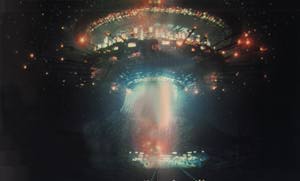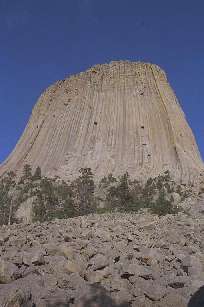Equipment and Instruction for Investigating AOP Scientifically
by Bruce Cornet, Ph.D.
Date last modified: 09/15/2005
Table of Contents
Page 1, Introduction
Page 2, Minimum or Necessary Equipment
Page 3, More Serious COTS Hardware and Software
Page 4, Custom Made Equipment
Page 5, Can One Person Do It All?
Page 6, Field Procedure - Two or More People
| When studying any kind of phenomena using scientific
instrumentation there are several factors that must be considered. These factors can be
revealed by asking some basic questions like: 1. What physical characteristics of the
phenomena am I trying to measure? AOP stands for Anomalistic Observational Phenomena (Baker, 1968). Let's look at each of these questions, with the study of AOP in mind, to see if we can formulate a reasonable approach. An operational concept called Search for ExtraTerrestrial Visitation (SETV) involves the instrumentation of AOP through well-defined experiments using the latest Commercial-Off-The-Shelf (COTS) technology.There are a vast number of AOP characteristics we could try to measure, but for the SETV experiment only a core set of features needs to be measured. AOP are considered to be real and physical and interact with the environment as governed by the laws of physics as we presently understand them. All real physical interactions involve the transfer of energy. That energy can be expressed in different forms -- gravitational, kinetic, thermal (heat), chemical, electrical, radiant, nuclear, and others. The physical presence of AOP would involve certain kinds of energy transfer. Because AOP can't be studied under laboratory conditions we need only consider energy we can measure indirectly at a distance. The kinds of AOP energy we can remotely measure are thermal, electrical, radiant and kinetic. These types of energy produce fields or waves that can be detected at a distance. The temperature of the AOP can be measured indirectly because of the radiation it emits in the form of photons. The electric or magnetic field associated with an AOP can be measured because it will likely have an electric charge. The radiant energy or radiation from an AOP in the form of IR, visible, UV, X-rays or gamma-rays can be measured. Lastly, kinetic energy in the form of atmospheric pressure changes or ground motions can be measured. The characteristics we want to measure are related to the physical interactions of the AOP with its environment. These interactions involve energy transfers and the AOP characteristics of interest are thermal or optical radiation, electrical or magnetic fields and pressure waves in the air or ground. The most important problems of AOP investigation are:
|
Minimum or Necessary Equipment next.
Send mail to bcornet@monmouth.com
with questions or comments about this web site.
Copyright © 2000 Sirius Onion Works.
This page was last edited 09/15/2005

